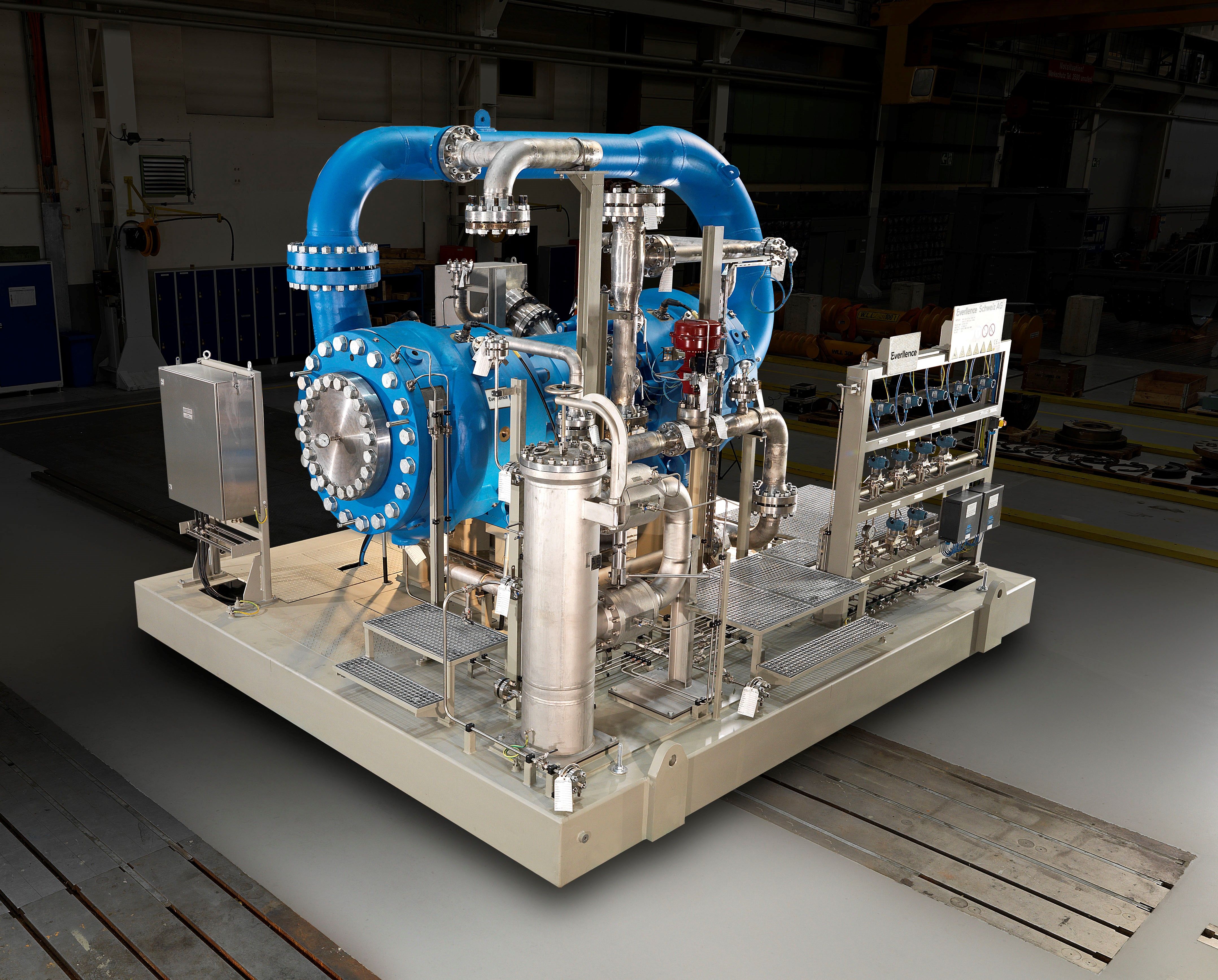Article
Criteria for selection of mechanical seal flush plan design
Author(s):
When would certain flush systems be better than others? It is necessary that one has to pre-select mechanical seal and flush system design during the pre-FEED project phase, based on plant, company and/or industry experience, to optimize mechanical seal MTBF. Use plant, company and industry lessons learned to properly select a flush system that will result in optimum seal life – in your plant!
Frequently, the flush system is selected by the process licensor or the EP&C (contractor) and does not reflect actual plant conditions. Be proactive early in the project design (pre-FEED phase) to convince project management of the proper flush systems to apply for all pump services.
The use of the following flush system components where they are not warranted has resulted in low mechanical seal MTBFs and has exposed plants to safety issues:
- Flush line strainers
- Cyclone separators
- Flush line coolers
There are a few parameters required for a reliable flush source. Mechanical seal flush must possess the following qualities for optimal seal life – it must be cool, clean and approximately 345 kPa (50psi) above vapor pressure (psia), and most importantly it must be cost effective. Therefore, if you can say that the flush system for an application can provide all the qualities (most important is cost effectiveness), then you have selected the optimal flush system.
Different seal flushing scenarios have considerations that are specific to each. In general, the points that can aid flush plan selection are:
- For HC service with no known solid particles and temperature under 150 degrees Celsius (300 degrees Fahrenheit), assuming satisfactory vapor margin (approximately 345 kPa [50 psi] above vapor pressure) in seal chamber a Plan 11 would be the optimal choice. A vertical pump application would require venting of the seal chamber back to suction if possible (Plan 13 or 14). A plan 52, 53 or 54 would be recommended in low S.G. (<0.7) services.
- For Clean HC service between 150 and 230 degrees Celsius (300 and 450 degrees Fahrenheit), Plan 23 is the most efficient in cooling, however proper installation and venting is required. Plan 21 will be sufficient in most cases and will be easier to operate (Note that the orifice sizing is critical here as this determines the velocity of the fluid through the heat exchanger.
- For Hot oil service above 230 degrees Celsius (450 degrees Fahrenheit [typically tower bottoms]), a single seal with the use of a Plan 32 is the most reliable/cost effective if a reliable source is available nearby (Note that if the source is a product that has to be reprocessed it may not be cost effective. A dual pressurized seal would be the best option (Plan 53 or 54) if a Plan 32 is deemed not feasible.
- For Acid Service, Reliable Plan 32 can be used; however it is very critical for it to be operating at times when pump is installed in field (standby and startup situations). A dual pressurized seal, whether contacting (Plan 53/54) or non-contacting (Plan 74) will give the optimal seal life with ease of operation (Note that process side seal components will need to be constructed for materials that are corrosion resistant to the particular acid.
- For Dirty Service (containing suspended solid particles), a cyclone separator (Plan 31) can be effective; however, it must be sized correctly and particle size must not fluctuate greatly. A clean external flush source (Plan 32 for single, Plan 54 for dual) will isolate the seal faces from solids that can cause premature failure due to abrasion.
Flush line strainers can expose plants to seal failure and safety issues, since they are not monitored in the control room and can result in flush line blockage, which will fail the mechanical seal and can expose the plant to significant safety issues in hydrocarbon applications.
This best practice has been used since the mid-1970s, from the time that prohibiting the use of flush line strainers and cyclone separators has resulted in optimum mechanical seal safety and reliability during field mechanical seal reliability optimization audits for all projects.
Newsletter
Power your knowledge with the latest in turbine technology, engineering advances, and energy solutions—subscribe to Turbomachinery International today.





